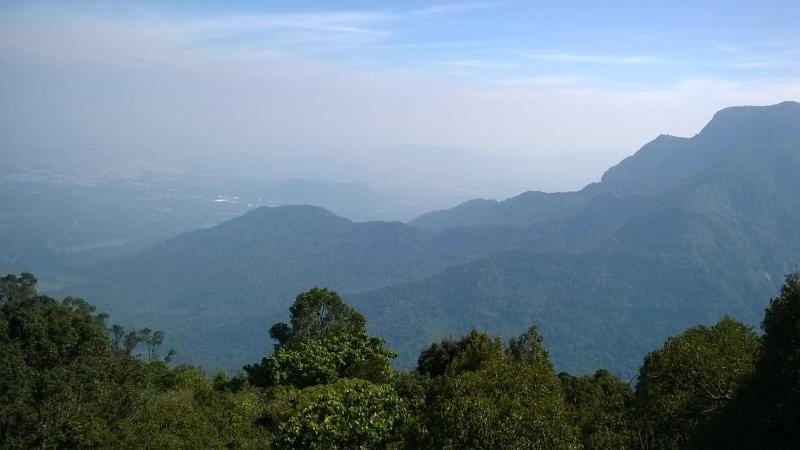
High up in the mountains, a vast grassland interspersed by forests—sounds like a perfect location for shooting a Bollywood romantic song, does it? Well, such ‘forest-grassland mosaics’ are found in many parts of the world—Malawi and Madagascar in Africa, Sri Lanka, South Brazil, North America, Australia and India too. The shola forests in the Western Ghats are an example of such mosaics. While some believe that the grasslands are a result of clearing forest patches by humans, they have been shown to exist for thousands of years and play a significant role in the functioning of the mosaic ecosystem.
“The shola-grassland ecosystems are a unique habitat in the upper reaches of India’s Western Ghats. They have been in existence for more than 20,000 years and are relics from the Pleistocene,” says Dr Atul Joshi, a researcher at the National Centre for Biological Sciences (NCBS), Bengaluru.
These ecosystems are sensitive to the climate, and the relative extent of the forests and grasslands have been influenced by past climatic changes, with the grasslands expanding during periods of high aridity, low carbon dioxide and low temperatures.
“These ecosystems support several endemic and endangered flora and fauna. They also function as important catchment areas for several rivers in the southern Indian states,” he says, explaining their significance.
However, planting of timber-yielding exotic trees such as Black wattle (Acacia mearnsii) and eucalyptus since colonial times has been a cause of concern in these landscapes. In a recent study, Dr Joshi and his colleagues have explored the effects of frost and freezing temperatures, a characteristic feature of montane shola-grassland ecosystems, on the native and non-native trees of these forests. The study was conducted in the grasslands of the Nilgiri Biosphere Reserve, a biodiversity hotspot in Southern Western Ghats, and its findings were published in the Journal of Ecology.
The researchers conducted several experiments to understand how the forest and grassland microclimate and soil impact the germination and survival native and non-native trees. They collected the seeds of the native sea apple (Syzygium grande) and the exotic Acacia mearnsii and germinated them under forest and grassland soil and micro-climates. Their experiments coincided with the germination period of trees in their natural ecosystem.
The results of the experiments showed that both the plants germinated in grassland and forest patches, but the germination success is higher in former than in forest patches. This result helped the researchers establish that germination was not a limiting stage for tree establishment, and they further focussed on seedling survival.
As a next step, the researchers conducted another set of experiments in the grassland patches to see how freezing and warm temperatures affect seedling survival. They found that the overall survival of sea apple seedlings in grasslands was meagre during winters, and most of them were dead by the end of winter. However, their survival was much higher in the forest patches. In contrast, the survival of Acacia seedlings did not differ between forest and grassland patches. Their survival rates were 50% higher than that of sea apple in the grasslands.
When the experiments were repeated in warmer temperatures, the survival rates of both the plants were better in the grasslands, with the Acacia plants exhibiting better survival than the native species.
The results of the study show that seedling survival, and not germination, is the limiting factor for the spread of native forests into grasslands in the shola ecosystem. The fact that exotic species, like Acacia, have higher germination rates and tolerance to freezing temperatures and frost have aided their widespread invasion into the grasslands. With the warming climate, the survival of both native and alien seedlings are expected to be higher, threatening the survival of the grasslands.
“Projected climatic changes, especially increases in temperature would most likely multiply the invasion intensity of Acacia species in the upper Western Ghats,” warns Dr Joshi. The good news, however, is that authorities have started to pay heed to such warnings. “The Madurai High Court has directed the Tamil Nadu Forest Department to design an action plan to curb Acacia invasion in these ecosystems. As far as I know, the Forest Department has initiated Acacia removal programme at some places,” he shares, with hopes of protecting these frail grasslands.
This article has been run past the researchers, whose work is covered, to ensure accuracy.






